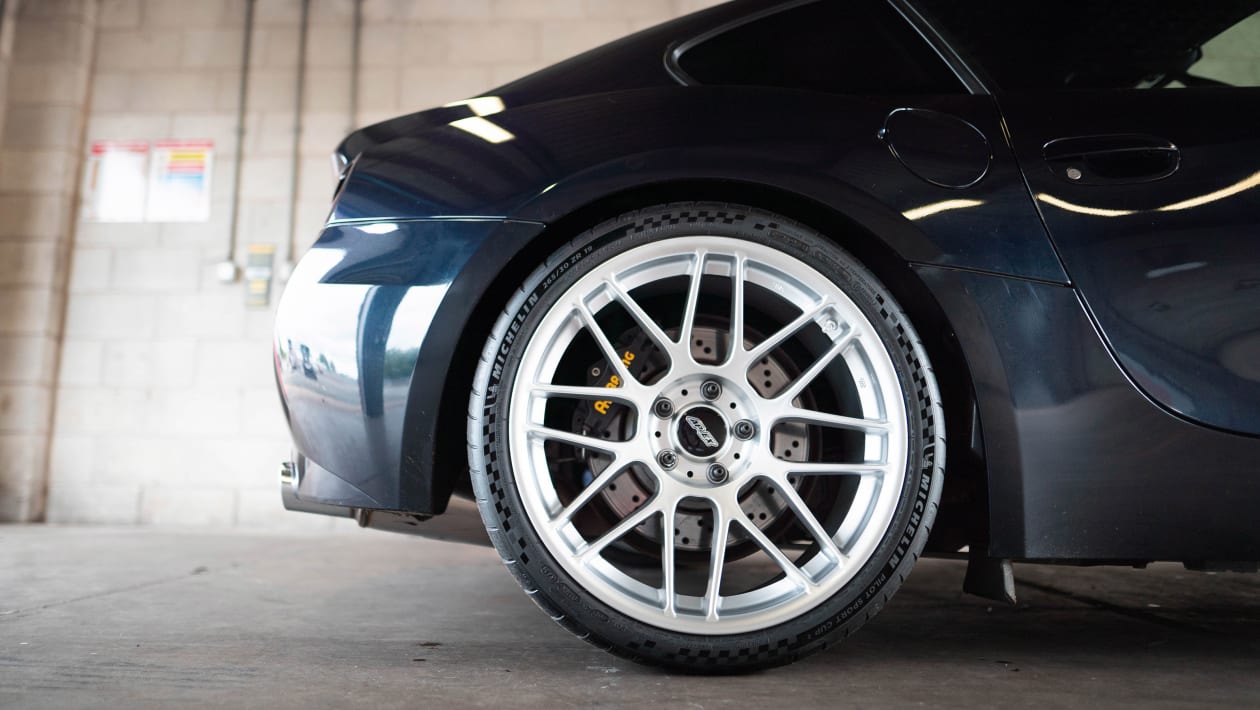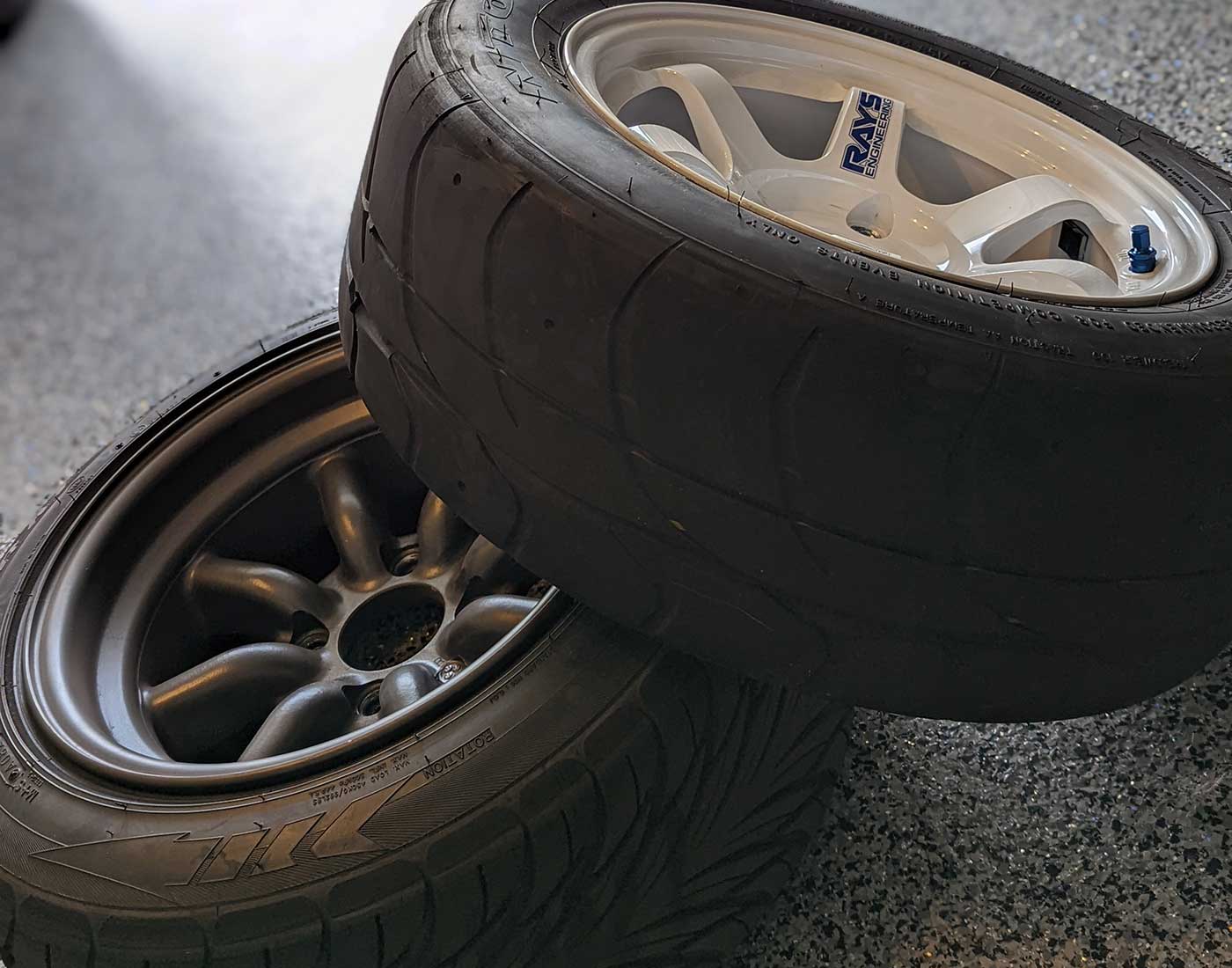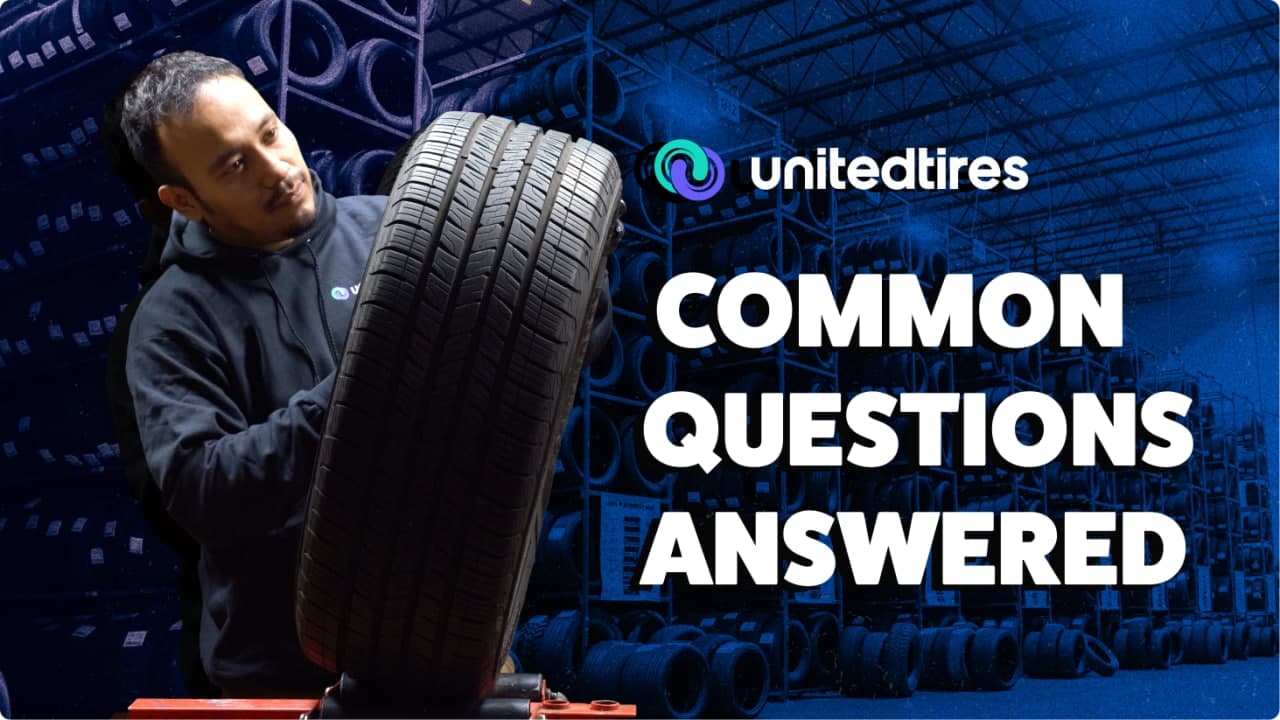All Categories
Featured
Table of Contents
I had the ability to obtain 100 hours out of one of these tires, and while it had absolutely no tire lugs left on it, the soft substance made it work extremely wellas long as I was using a soft mousse. Kitt Stringer photo Easy installing - 3Wear - 3Sidewall toughness - 3Performance on origins - 4Performance on wet rocks - 2Traction on dust - 5Cornering capability - 4Traction while stopping - 4Self-clearing of dirt and mud - 3Performance in mud - 3Overall predictability or monitoring - 3 _ 37 Final thought: This is a great well-rounded tire with great worth for money.

The wear was constant and I like the length of time it lasted and exactly how regular the feeling was during usage. This would certainly also be a good tire for faster races as the lug size and spacing little bit in well on quick terrain. Kitt Stringer photo Easy installing - 3Wear - 3Sidewall strength - 3Performance on roots - 4Performance on wet rocks - 4Traction on dirt - 4Cornering capacity - 4Traction while braking - 5Self-clearing of dirt and mud - 4Performance in mud - 4Overall predictability or tracking - 4_42 Verdict: I liked this tire a whole lot.
If I had to purchase a tire for tough enduro, this would remain in my top selection. Easy placing - 3Wear - 3Sidewall strength - 3Performance on roots - 4Performance on damp rocks - 3Traction on dirt - 4Cornering ability - 3Traction while stopping - 3Self-clearing of dirt and mud - 4Performance in mud - 4Overall predictability or monitoring - 3 _ 34 Verdict: This tire was very soft and pliable.
All the gummy tires I tested carried out rather close for the first 10 hours or so, with the victors mosting likely to the softer tires that had far better grip on rocks (Discount tyres). Investing in a gummy tire will certainly provide you a solid benefit over a routine soft substance tire, however you do pay for that advantage with quicker wear
Honest Tyre Maintenance
Best worth for the rider who wants respectable performance while getting a reasonable quantity of life. Best hook-up in the dirt. This is a suitable tire for springtime and loss conditions where the dust is soft with some moisture still in it. These tested race tires are fantastic throughout, yet use rapidly.
My total champion for a difficult enduro tire. If I needed to invest cash on a tire for day-to-day training and riding, I would pick this set.
Tyre Safety Checks
I have actually been running a set of Michelin Power Pilot 2CT's on my track Daytona 675 for the past year. Because time I have done 15 track days in all weather conditions from cool wet to super hot and these tires have actually never missed out on a beat. Tyre performance. I've done nearly 2,000 miles (3,200 km) on them and as you can see from this shot of the front taken after first session of my 15th track day on them, they still have quite a great deal of rubber left on them
Basically the 2CT is an impressive track day tire. If you're the kind of biker that is most likely to run into both damp and dry conditions and is beginning on track days as I was in 2015, then I believe you'll be tough pressed to discover a far better value for money and qualified tire than the 2CT; a set of which will certainly establish you back around 185 (US$ 300) in the UK.
Generating a far better all rounded road/track tire than the 2CT must have been a difficult job for Michelin. The result of that effort is the Michelin Pilot Power 3 which essentially replaces the Pure. Don't perplex this brand-new tyre with the roadway going Pilot Road 3 which is not made for track use (although some cyclists do).
They motivate substantial confidence and offer impressive grip levels in either the damp or the completely dry. When the Pilot Power 3 introduced, Michelin suggested it as a 50:50% road: track tire. That message has actually lately transformed since the tyres are currently suggested as 85:15% roadway: track use instead. All the biker reports that I have actually checked out for the tyre price it as a far better tyre than the 2CT in all locations but especially in the damp.
Tyre Rotation Near Me
Technically there are plenty of differences between both tyres even though both use a double compound. Visually you can see that the 2CT has less grooves cut into the tire however that the grooves go to the edge of the tyre. The Pilot Power 3 has even more grooves for better water dispersal yet these grooves do not reach the shoulder of the tyre.
One facet of the Pilot Power 3 which is different to the 2CT is the brand-new 2CT+ modern technology which extends the harder center area under the softer shoulders (on the back tire). This should offer much more stability and reduce any "wriggle" when speeding up out of corners in spite of the lighter weight and more versatile nature of this new tyre.

I was slightly suspicious about these lower stress, it transformed out that they were great and the tires performed actually well on track, and the rubber looked better for it at the end of the day. Equally as a factor of referral, other (fast team) cyclists running Metzeler Racetecs were using tyre stress around 22-24 psi for the back and 24-27 psi on the front.
Developing a far better all rounded road/track tire than the 2CT should have been a hard job for Michelin. The result of that initiative is the Michelin Pilot Power 3 which essentially changes the Pure. Don't confuse this new tire with the roadway going Pilot Roadway 3 which is not designed for track use (although some riders do).
Leading Budget Car Tyres Near Me – Girrawheen WA
When the Pilot Power 3 launched, Michelin advised it as a 50:50% roadway: track tire. All the rider reports that I've read for the tyre rate it as a better tyre than the 2CT in all areas however specifically in the damp.

Technically there are many distinctions between the two tires even though both utilize a dual compound. Visually you can see that the 2CT has fewer grooves cut right into the tyre yet that the grooves run to the edge of the tyre. The Pilot Power 3 has even more grooves for better water dispersal but these grooves don't reach the shoulder of the tyre.
One element of the Pilot Power 3 which is various to the 2CT is the brand-new 2CT+ modern technology which extends the harder center area under the softer shoulders (on the rear tyre). This ought to give extra stability and lower any "agonize" when accelerating out of edges despite the lighter weight and even more flexible nature of this new tyre.
I was slightly uncertain about these lower pressures, it turned out that they were great and the tyres performed really well on track, and the rubber looked much better for it at the end of the day - Tyre installation. Just as a factor of referral, other (quick group) riders running Metzeler Racetecs were using tire stress around 22-24 psi for the rear and 24-27 psi on the front
Latest Posts
High-performance Tyres Near Me
Trusted Tyre Servicing
Leading Tyre Upgrades Near Me